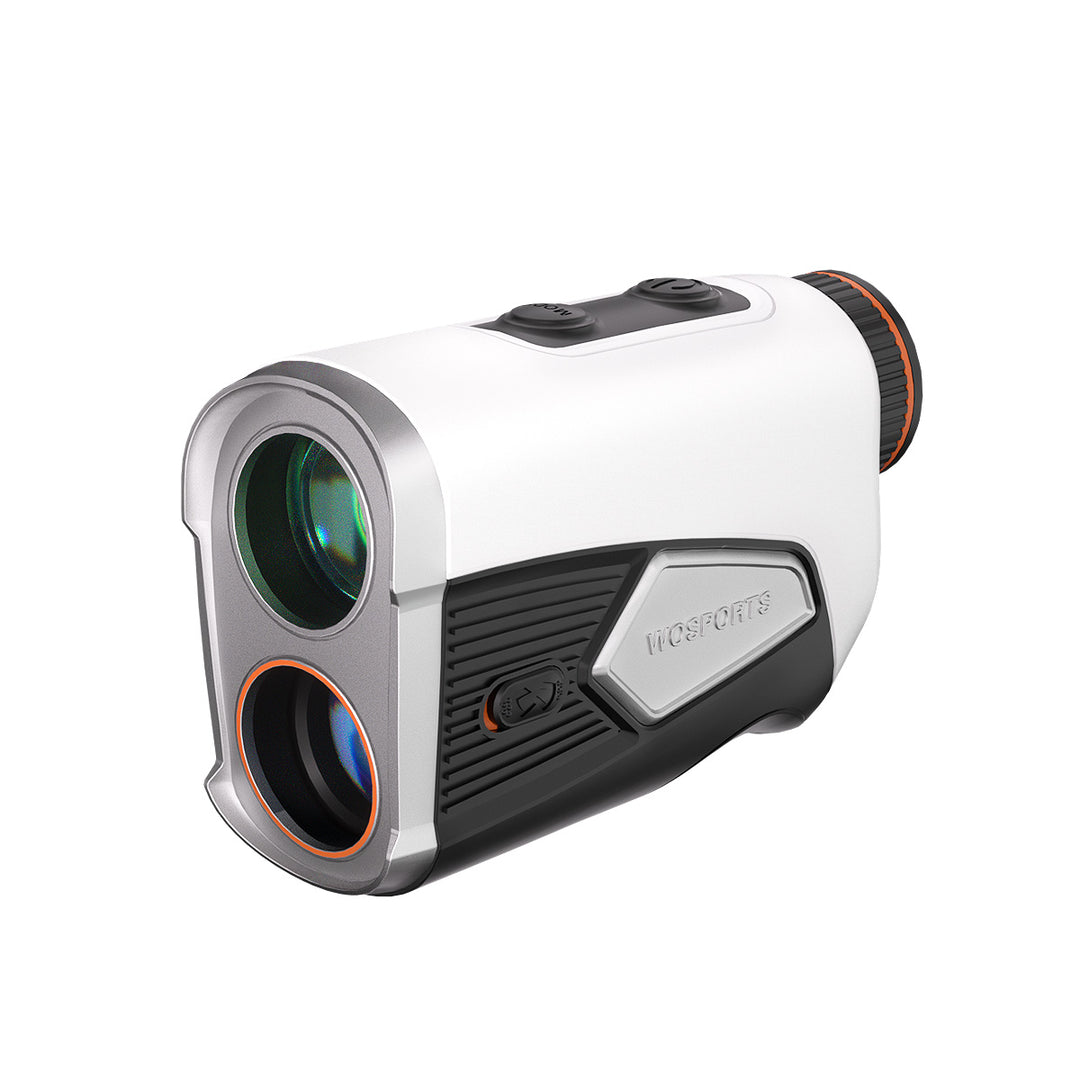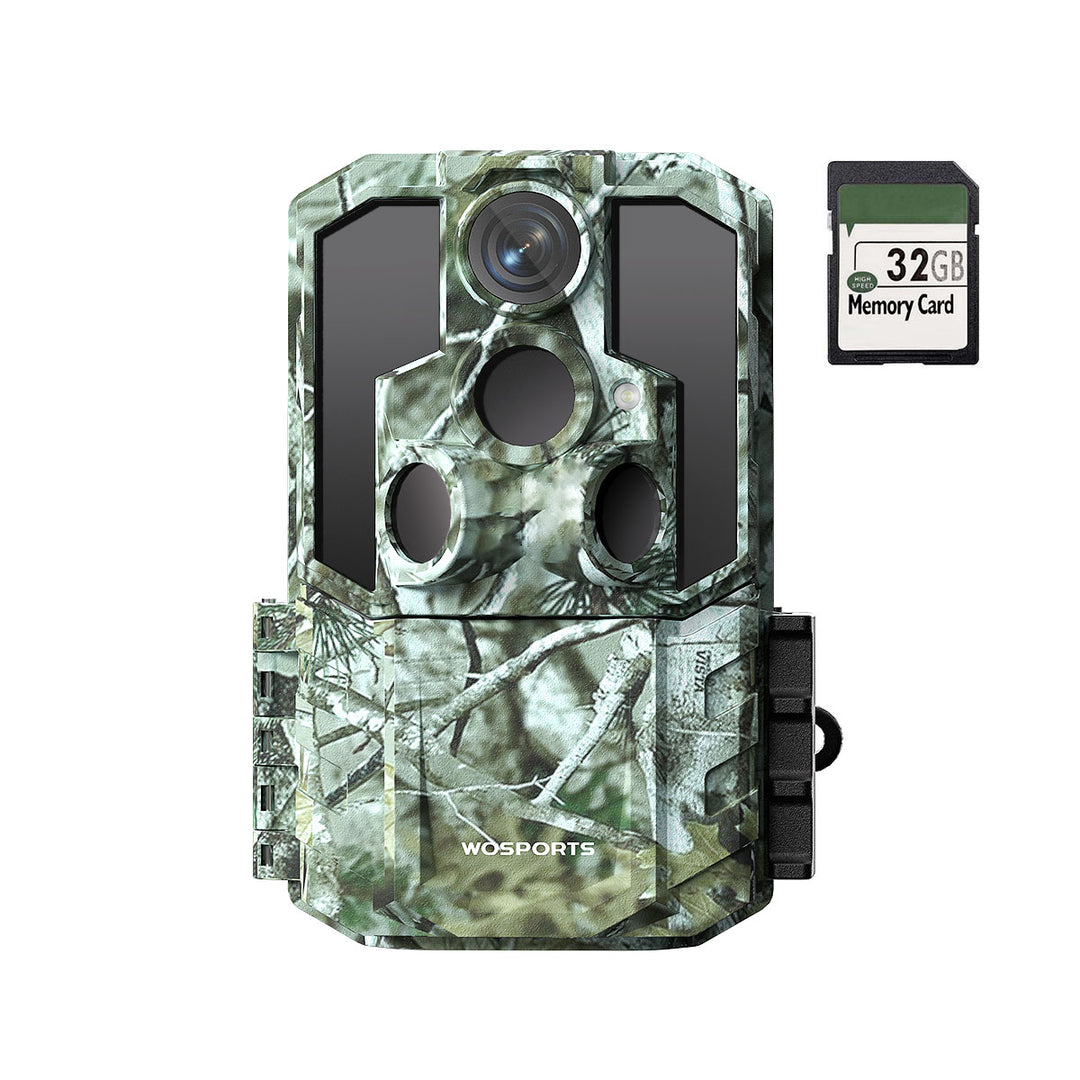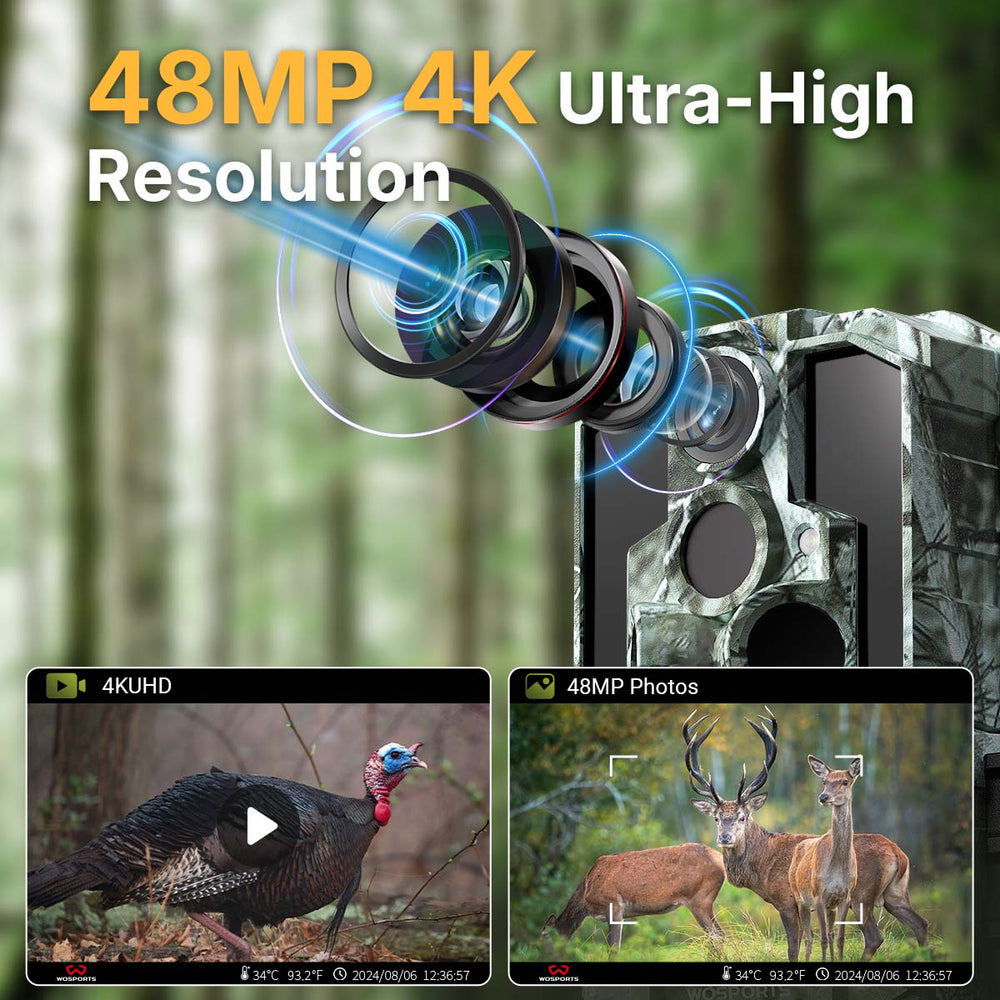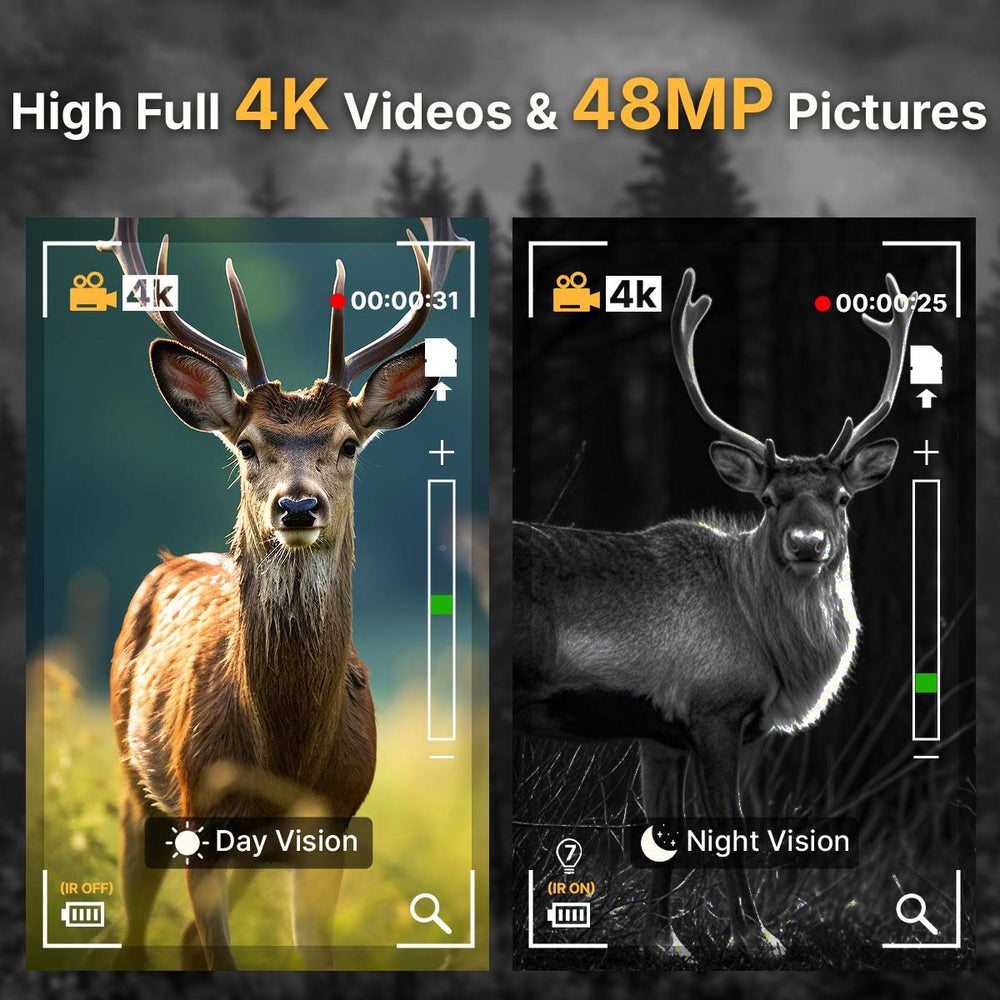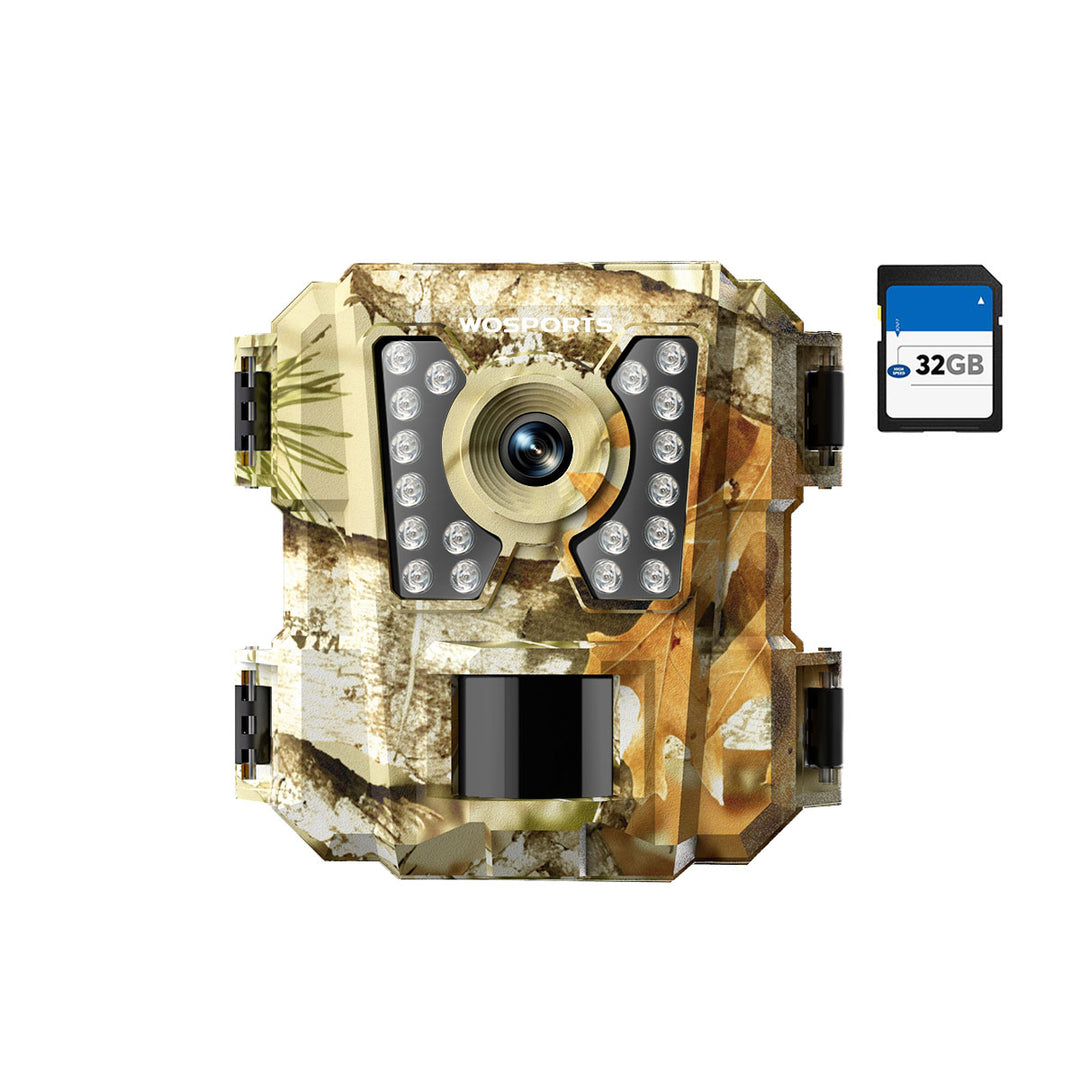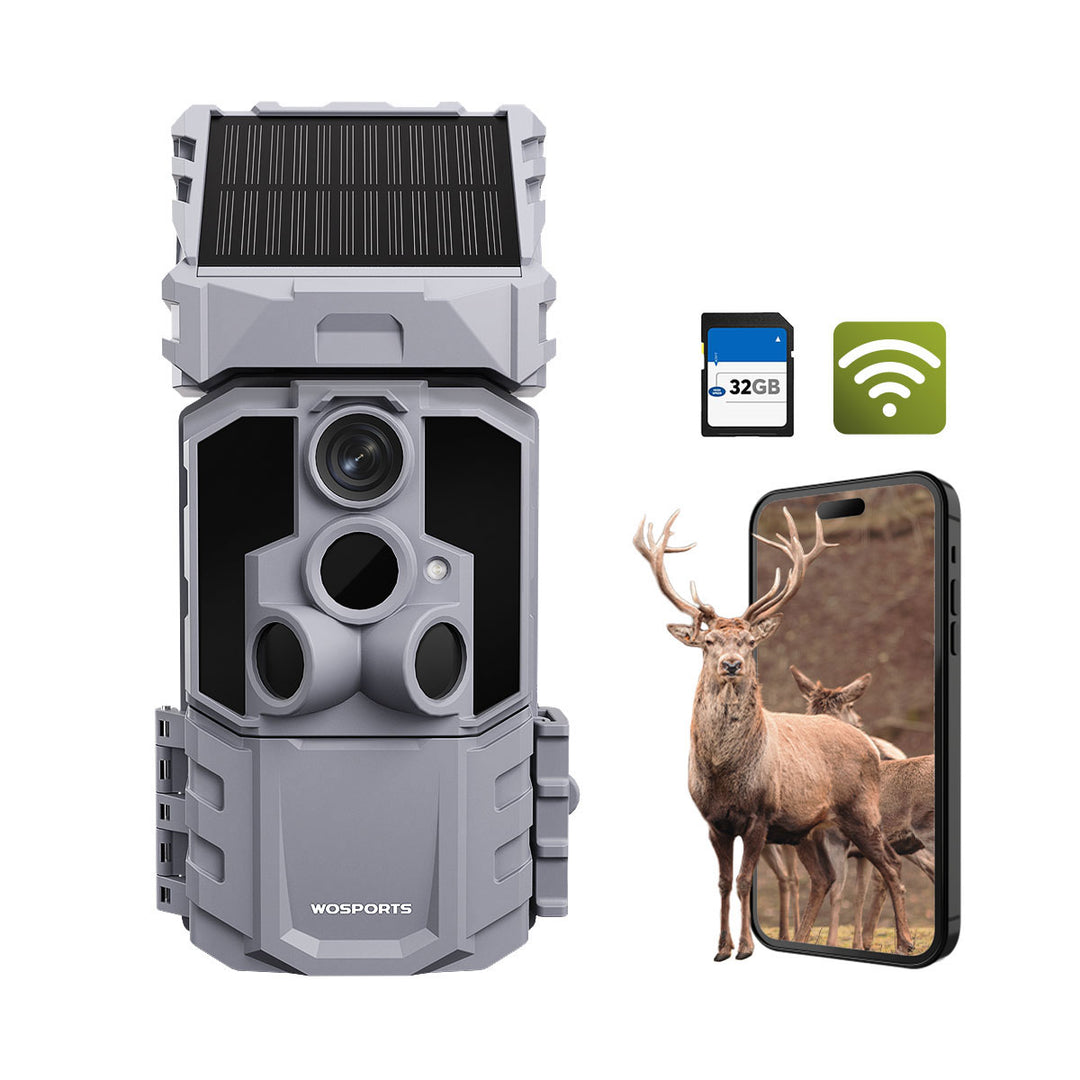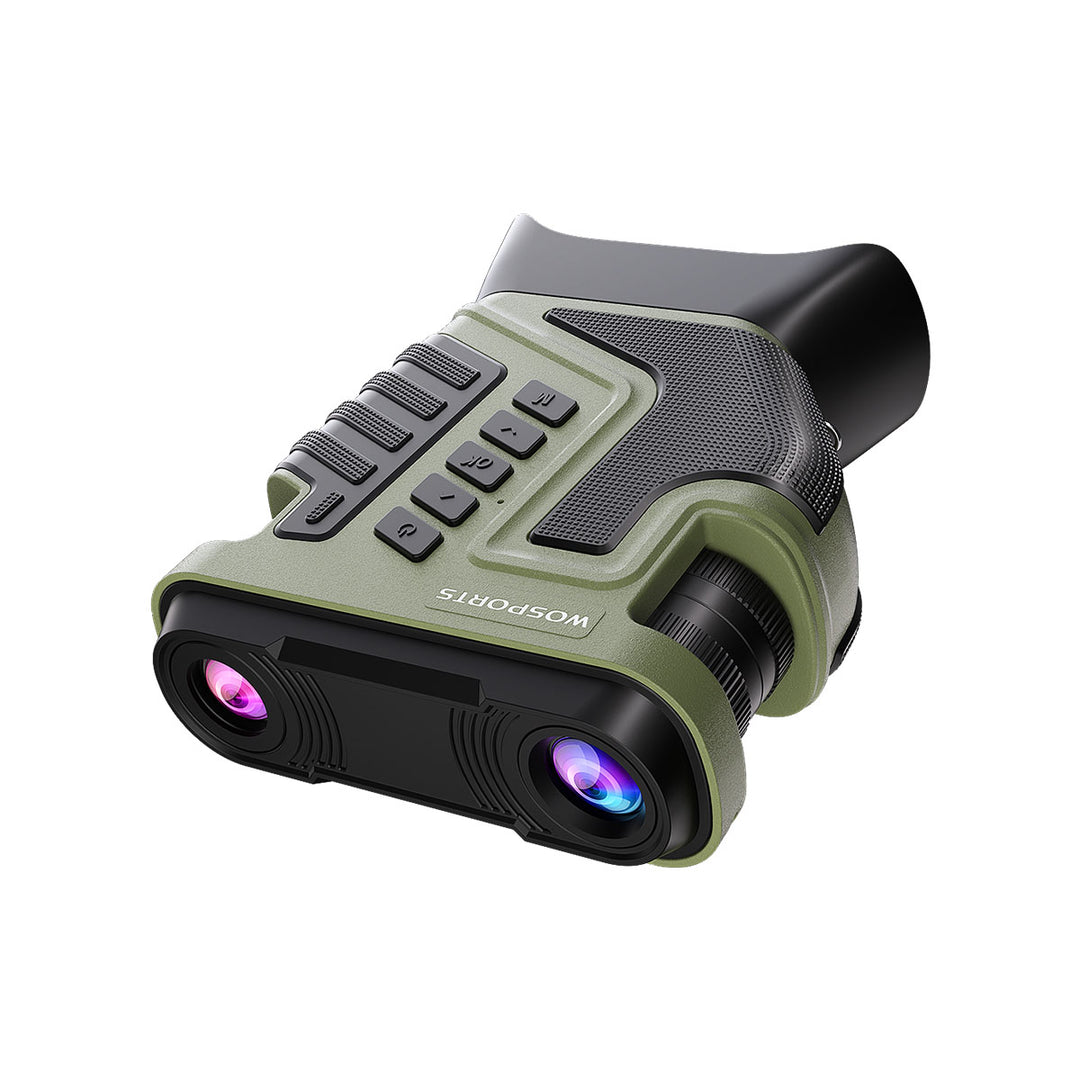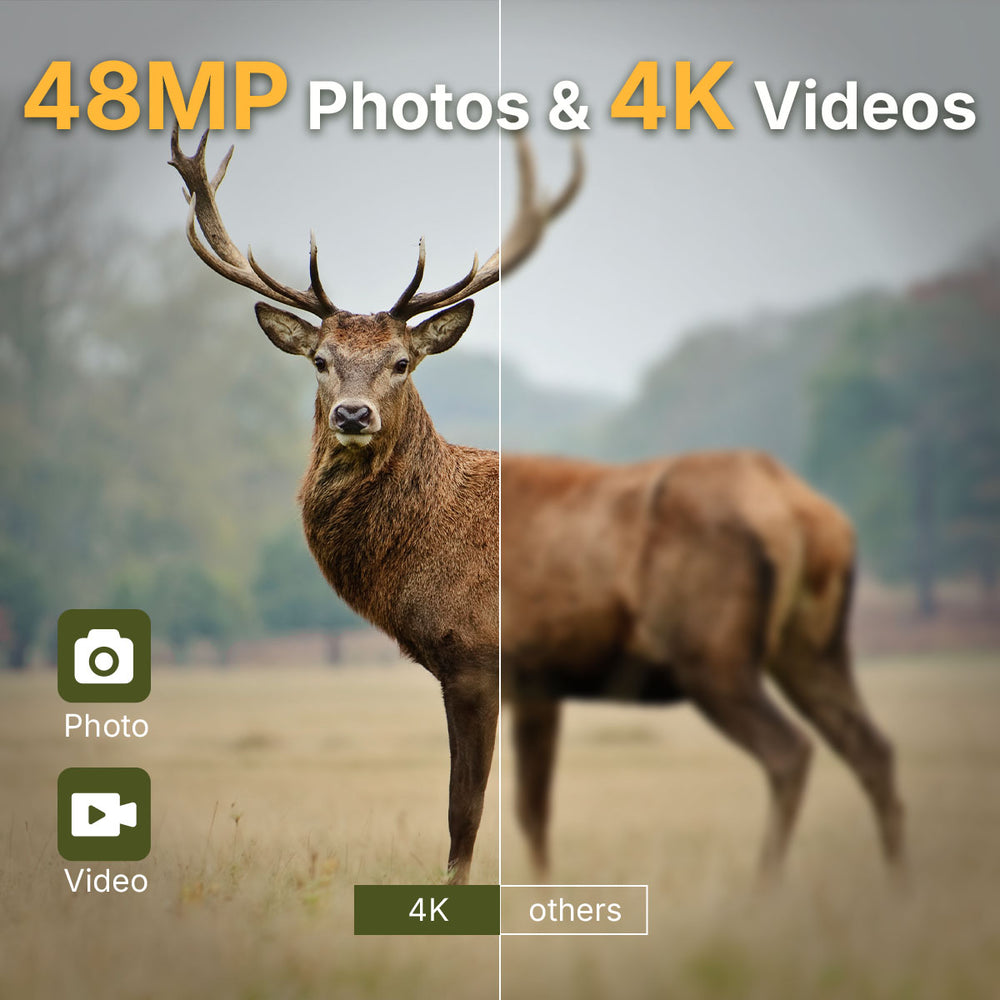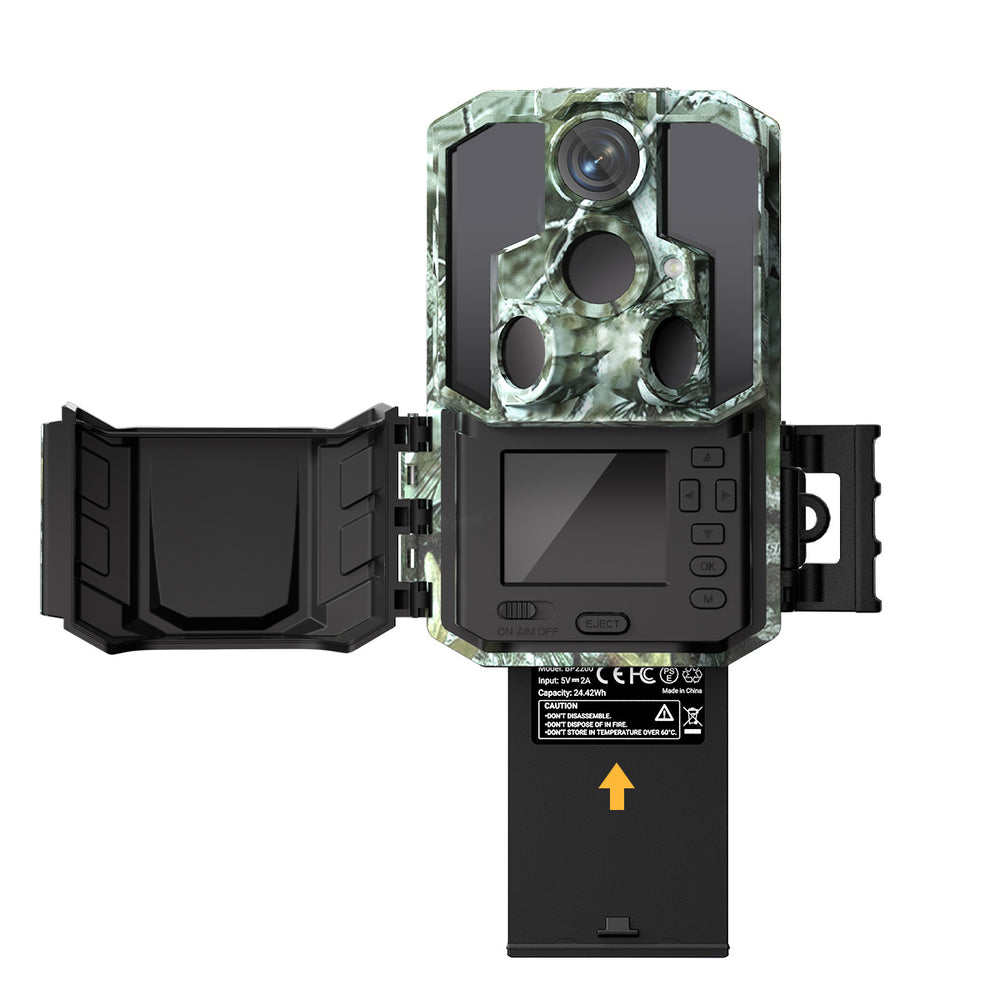What is the Difference Between Golf Rangefinders and Hunting Rangefinders?
Rangefinders have become essential tools for golfers and hunters alike, but even though they share the same basic function—measuring distance accurately—their design and features are optimized for completely different purposes. In this article, we’ll explore the main differences between golf and hunting rangefinders, explain how their technology works, and help you decide which one is right for your needs.
The Basics: What Both Rangefinders Do
Laser technology is used by both hunting and golf rangefinders to determine distances. A laser beam is emitted toward a target by the device, and the target reflects the beam back to the rangefinder's sensor. After that, the device calculates the distance by timing how long it takes for the beam to return.
Although the fundamental technology is the same, the way the rangefinder interprets the signal differs; hunting rangefinders give priority to distant targets concealed in the background, whereas golf rangefinders concentrate on nearby objects like flags.
Key Differences Between Golf and Hunting Rangefinders
Slope vs. Ballistic Compensation
One of the most noticeable differences between golf and hunting rangefinders is how they handle elevation.
Golf Rangefinders with Slope Mode
Golf rangefinders often have a slope feature. It figures out how far the shot really is by measuring the angle between you and the pin. This helps you pick the right club when you're hitting uphill or downhill.
However, slope mode is not legal in tournament play, so most rangefinders (like the WOSPORTS H-111 Laser Rangefinder) allow you to easily switch between slope-on and slope-off modes.
Hunting Rangefinders with Ballistic Mode
Hunting rangefinders do something similar, but they call it ballistic compensation. It fixes your aim for how bullets or arrows fly over long distances. This keeps your shot on target, even if you're shooting from up high or across a valley.
Display and Optics
Golfers play in bright, open spaces, so golf rangefinders are designed with high-contrast displays that remain clear under direct sunlight. Many laser golf rangefinder models use red OLED displays for easy readability against green backgrounds.

Hunters, on the other hand, need displays that perform well in low-light environments—during early morning or dusk—so their rangefinders often feature anti-glare coatings, dimmer displays, and longer eye relief for quick spotting through scopes or binoculars.
Design and Durability
Golf and hunting happen in totally different places, so the gear is designed differently.
Golfers want rangefinders that are light, small, and easy to hold or clip to a golf bag. They usually come in colors that are easy to spot, like white, silver, or blue.
But hunters need rangefinders that can take a beating – rain, mud, the works.
The way they're made shows what each sport is all about: Golf needs comfort and speed, while hunting needs gear that lasts in tough environments.

Can You Use a Hunting Rangefinder for Golf?
Sure, you could use a hunting rangefinder for golf, or a golf rangefinder for hunting. They'll both work, but not that great.
A hunting rangefinder might overshoot the flag on the green, or get mixed up by trees behind it. A golf rangefinder might have hard time focusing on that deer hiding in the woods. For example:
If you try to use a hunting rangefinder for golf, it might have issues locking onto the flag. It's built to find targets farther away.
If you're hunting with a golf rangefinder, it might lock onto a branch instead of the buck you're after.
So, yeah, one rangefinder can do both jobs, it's better to get one that's made for what you're doing. You'll get better readings that way.
Search
Popular Posts
Recent Posts

Nov 28, 2024
Troubleshooting Common Trail Camera Issues
Jan 10, 2025
Why Does My Trail Camera Stop Working at Night?

































